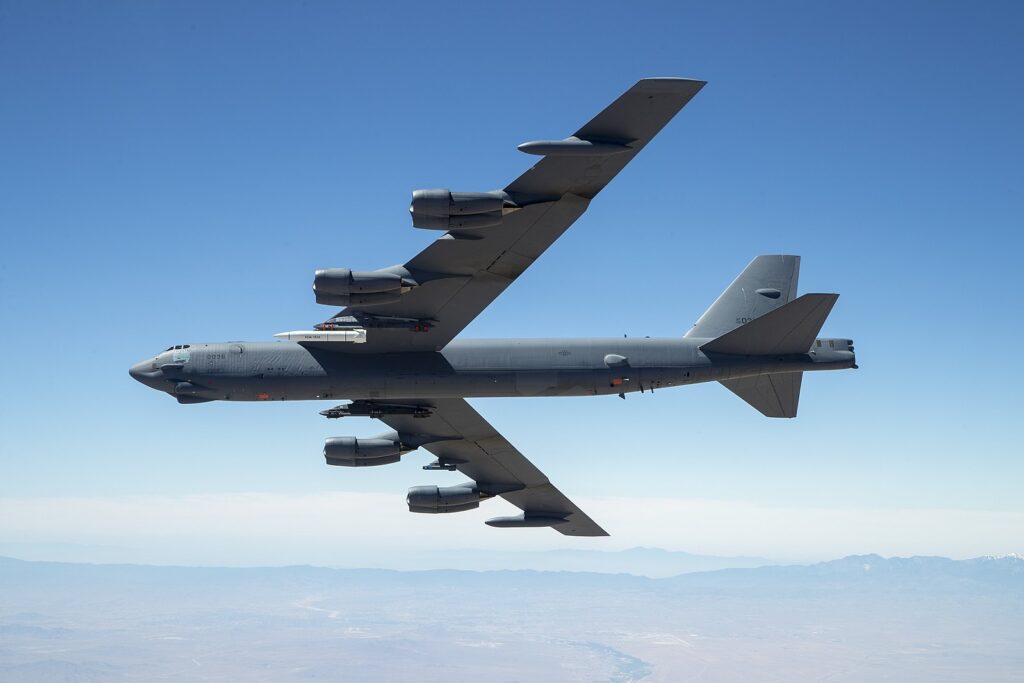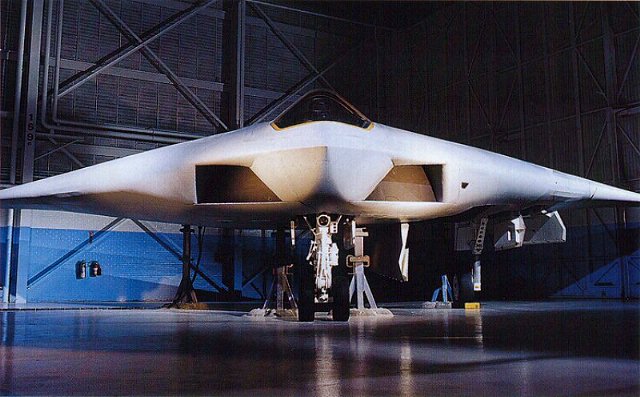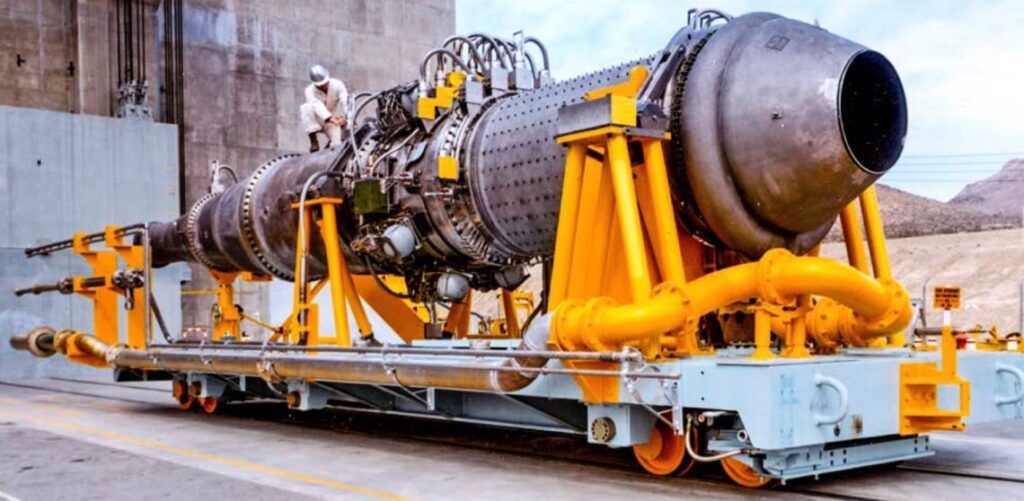The AGM-183A Air Launched Rapid Response Weapon, or ARRW, is seemingly back from the dead. The Air Launched Rapid Response Weapon, or ARRW, was meant to be the first American hypersonic missile to reach service when its development began in 2018.
The Launched Rapid Response Weapon belongs to a category of weapons known as a “boost glide.” This class of modern hypersonic missiles are initially launched using a conventional rocket booster, very much like a ballistic missiles. Yet, once they reach the apex of their flight path, usually at a lower altitude than ballistic missiles, they separate from their boosters and glide down toward their targets unpowered, but at incredible speeds. And along the way they maneuver to complicate their interception.
In other words, ARRW is very much the hypersonic missile Russia and China claim they have in service. Though both Russian and Chinese boost glide weapons are deployed from ground-based launchers, America’s ARRW is an air-launched weapon, making it a whole lot more dangerous because the adversary can’t predict what vector it’ll be launched from.
Publicly available information says that ARRW’s top speed may be as high as Mach 20, but until the Air Force or Lockheed Martin verify it, the figure should be taken with a grain of salt. It’s also been reported that ARRW has an operational range of 1,000 nautical miles, or around 1,150 miles. That means you could launch this weapon over New York and hit a target in Nebraska about four and a half minutes later.
“ARRW is designed to enable the U.S. to hold fixed, high-value, time-sensitive targets at risk in contested environments,” the Air Force has said.
ARRW has seen at least 10 test flights to date, but early tests were marred with failures unrelated to the hypersonic weapon itself – issues included the weapon failing to separate from the aircraft or its rocket booster failing to fire. The program, however, saw a run of successes later in testing, culminating in a live-fire end-to-end test last March over the Pacific. During the test, which was reported as a complete success, the ARRW flew further than its alleged maximum range.
Now, the Air Force is looking to invest some $387.1 million into ARRW production in 2026 to purchase an undisclosed number of these hypersonic missiles. The Air Force wants the ARRW to be carried by B-52 bombers and, later on, F-15E and F-15EX fighter aircraft.
Feature Image: B-52 out of Edwards Air Force Base carries an ARRW missile for its first captive carry flight over the base, June 2019. (U.S. Air Force photo by Christopher Okula)
Editor’s Note: This article’s title has been changed to correctly identify the weapon as the “Air Launched Rapid Response Weapon” and add the first sentence in the first paragraph.
Read more from Sandboxx News
- The HK21E was Delta Force’s underrated machine gun
- B-21 Raiders could be ready for combat as early as next year
- 40 years after its introduction, the Tomahawk is still a mainstay of American naval firepower
- First Special Service Force was World War II’s unique Americano-Canadian commando unit
- This is why the Marine Corps is different











